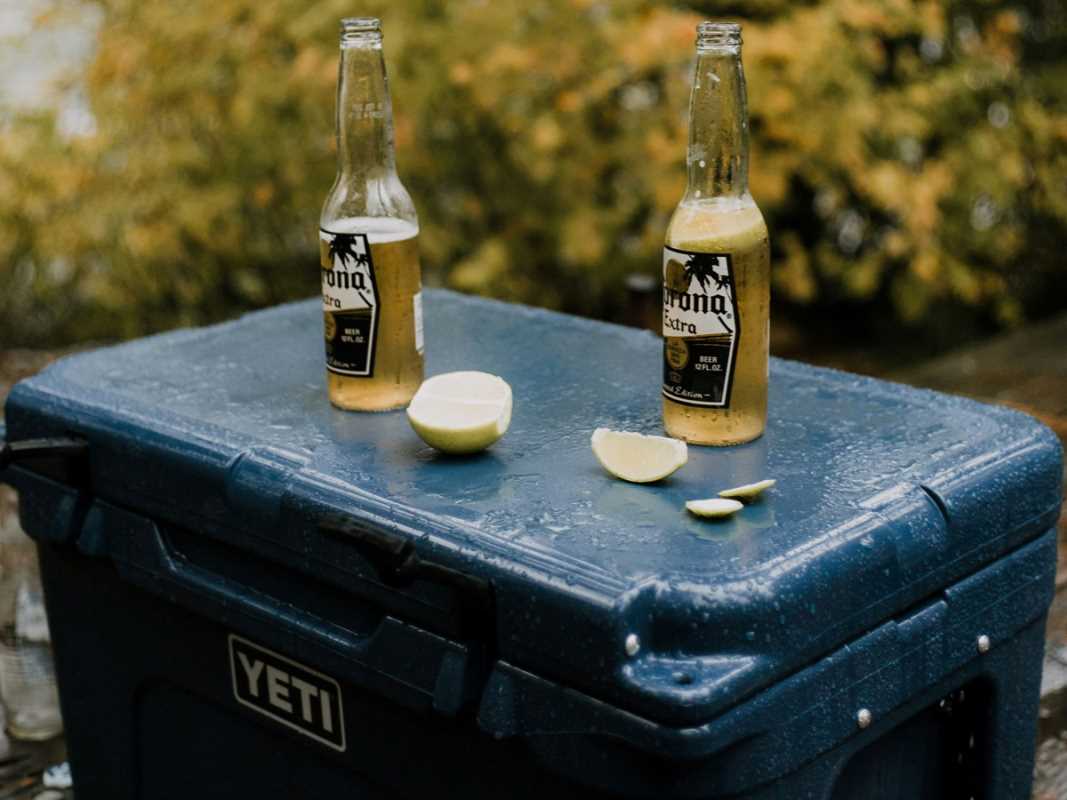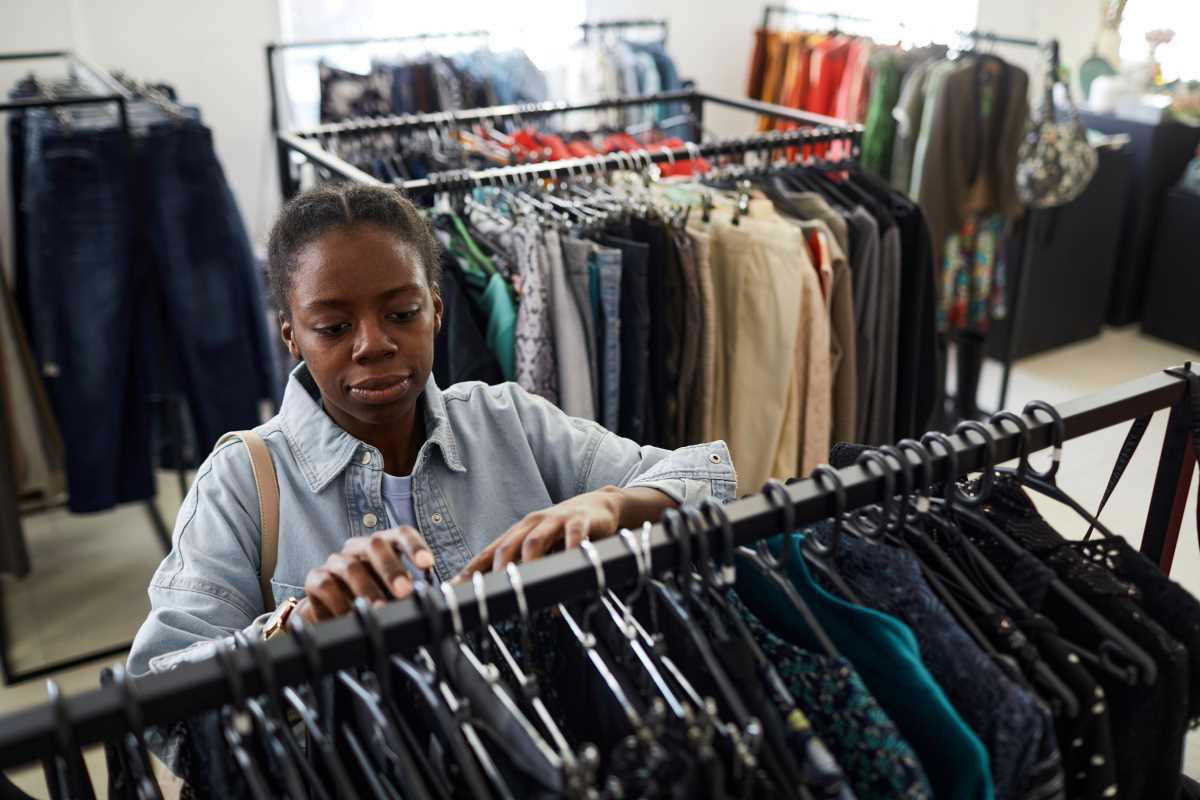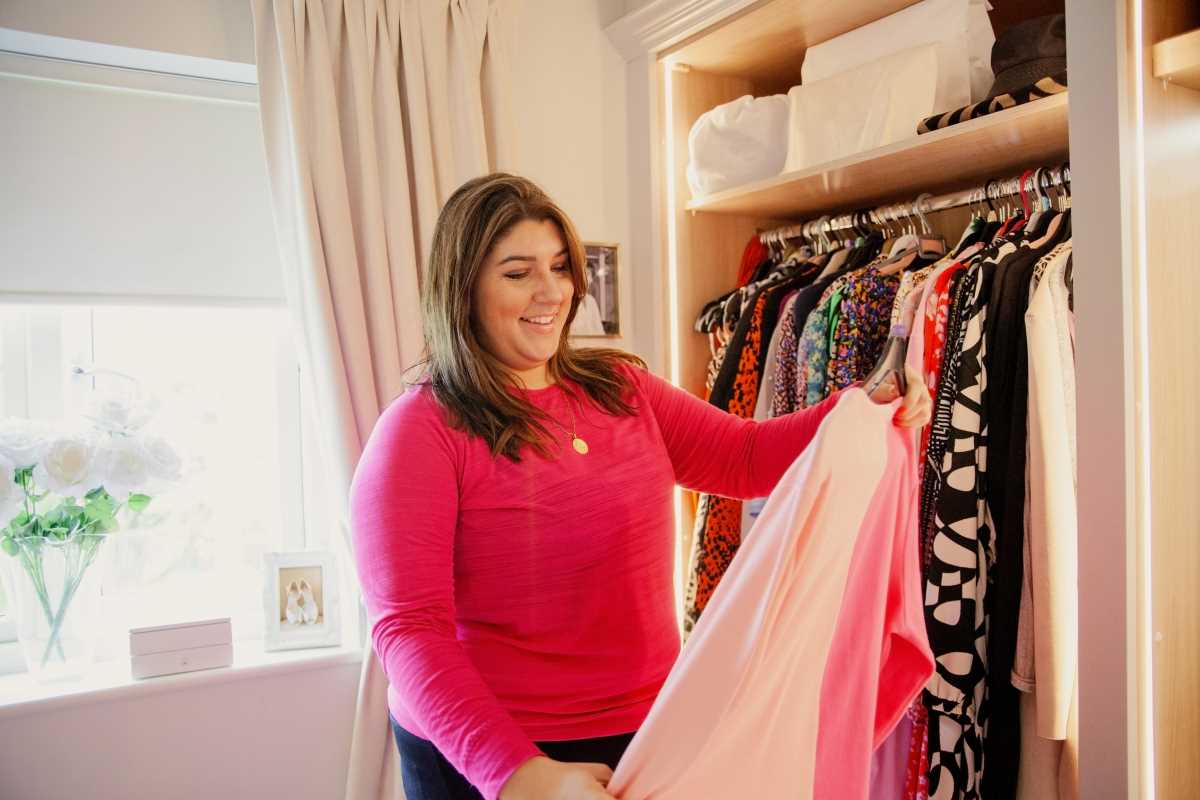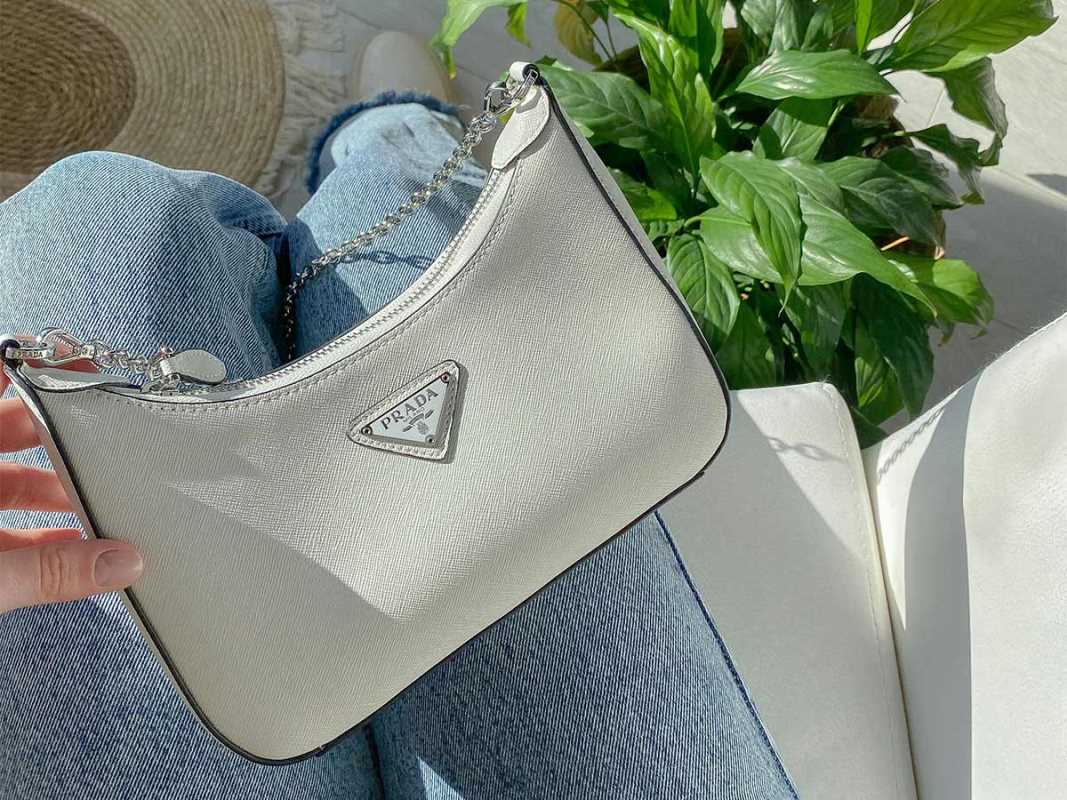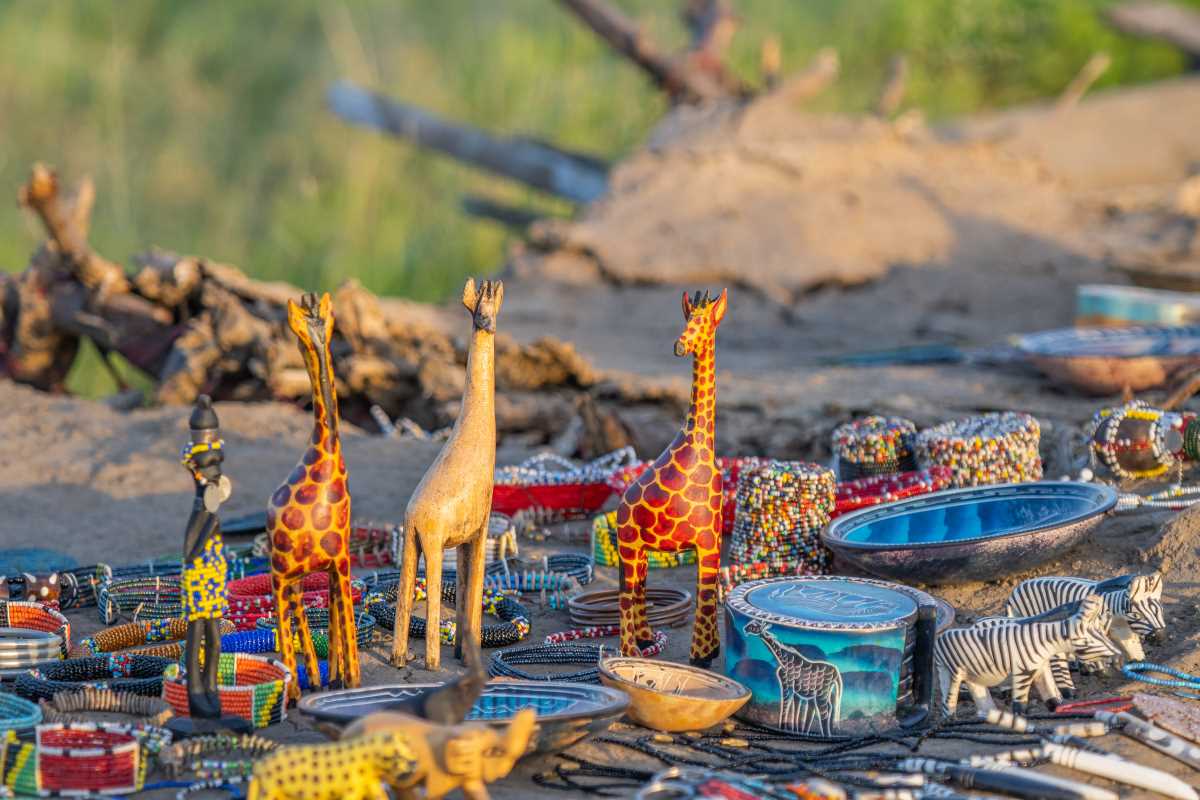When you head to the store or browse online, there’s something you might not think about as much as the products you’re buying, but it’s just as important. The packaging! For years, packaging has been a major contributor to waste. But that’s starting to change, thanks to a growing movement toward sustainability. Retailers and brands are rethinking how they package their products, aiming to reduce waste and protect the planet. Whether you’re buying groceries, clothing, or gadgets, this shift in packaging could make a big difference for the environment. But what does it really mean for you as a shopper? Let's unpack the latest trends, materials, and what you can do to support this positive change.
Key Trends in Sustainable Packaging
The world of sustainable packaging is evolving quickly. One of the most significant movements in 2025 is Extended Producer Responsibility (EPR). This policy concept shifts the responsibility for reducing packaging waste to the producers themselves. Rather than leaving it up to consumers or local governments, companies are being held accountable for the entire lifecycle of their products, from design to disposal. This trend is pushing businesses to use materials that can be easily recycled or reused.
Another focus is redefining what recyclability really means. Many items labeled as “recyclable” are anything but, simply because the infrastructure to handle them doesn’t exist everywhere. Retailers are now prioritizing materials that match the capabilities of most local recycling centers, ensuring that more packaging can actually be processed and reused.
Finally, material-specific sustainability goals are taking center stage. This includes reducing the use of virgin plastics (plastics made from new material rather than recycled plastic) and investing in bio-based or renewable alternatives. Leading companies are setting ambitious targets to swap fossil fuel-based packaging for more planet-friendly options.
Innovative Materials Making a Difference
One of the coolest parts of sustainable packaging is the creativity behind the materials themselves. Right now, materials like paper-based and curbside-recyclable options are leading the charge. Think of sturdy paper bags, molded fiber containers, and cardboard packaging that’s great for the planet and easy to recycle on trash day. Unlike certain plastics that require specialized facilities, these options are designed to fit into nearly every community’s recycling system.
While paper-based solutions are the go-to, emerging innovations are also showing a lot of promise. For instance, seaweed-based wraps could one day replace plastic food packaging, and mushroom-based protective packaging is already being used to ship fragile items. These imaginative solutions are still growing in scale but offer a glimpse of the future.
Unfortunately, no innovation is perfect. Even the most creative materials need the right systems in place to ensure they’re disposed of correctly. That’s why scalability and practicality matter just as much as sustainability.
How You Can Support Sustainable Efforts
You might wonder, “What can I do as a shopper to support sustainable packaging?” The good news is, you actually have quite a bit of power! Start by looking for brands that use eco-friendly materials and promote transparency in their packaging choices. But supporting these efforts goes beyond just shopping.
First, educate yourself about proper recycling. Not all plastics, papers, and other materials are created equal, and knowing what your local community can process is a game-changer. For example, items like greasy pizza boxes or plastic bags often can't go in curbside containers, even though they might seem recyclable. When you follow the right steps, you’re making sure the materials that can be processed aren’t contaminated or wasted.
Second, advocate for broader changes. Support brands and policies that prioritize long-term solutions like EPR or improved recycling systems. The more we push for systemic changes, the easier it becomes for companies and governments to make sustainable practices the norm.
Finally, demand transparency. Ask your favorite brands what they’re doing to reduce waste and adopt better packaging options. When consumers show that they care about the impact of packaging, companies are more likely to listen and act.
The Bigger Picture and Your Role
This shift toward sustainable packaging is a necessity, not just a trend. Every piece of packaging you see on a shelf or in your online order has a bigger story behind it. By choosing eco-friendly options, supporting brands that prioritize sustainability, and staying informed about proper recycling practices, you’re becoming part of the solution.
But remember, your role as a shopper is only one piece of the puzzle. Systemic changes like EPR policies and stronger recycling infrastructure are vital to creating impactful, lasting results. By supporting these larger initiatives and raising your voice when needed, you help ensure that sustainable practices continue to grow and benefit everyone.
The next time you’re shopping, take a moment to think about not just what you’re buying, but how it’s packaged. Small, thoughtful shifts in the choices we make can add up to a big difference for our planet. Are you ready to join the wave of sustainable packaging? Together, we can bring meaningful change to the retail world while protecting the environment for future generations.
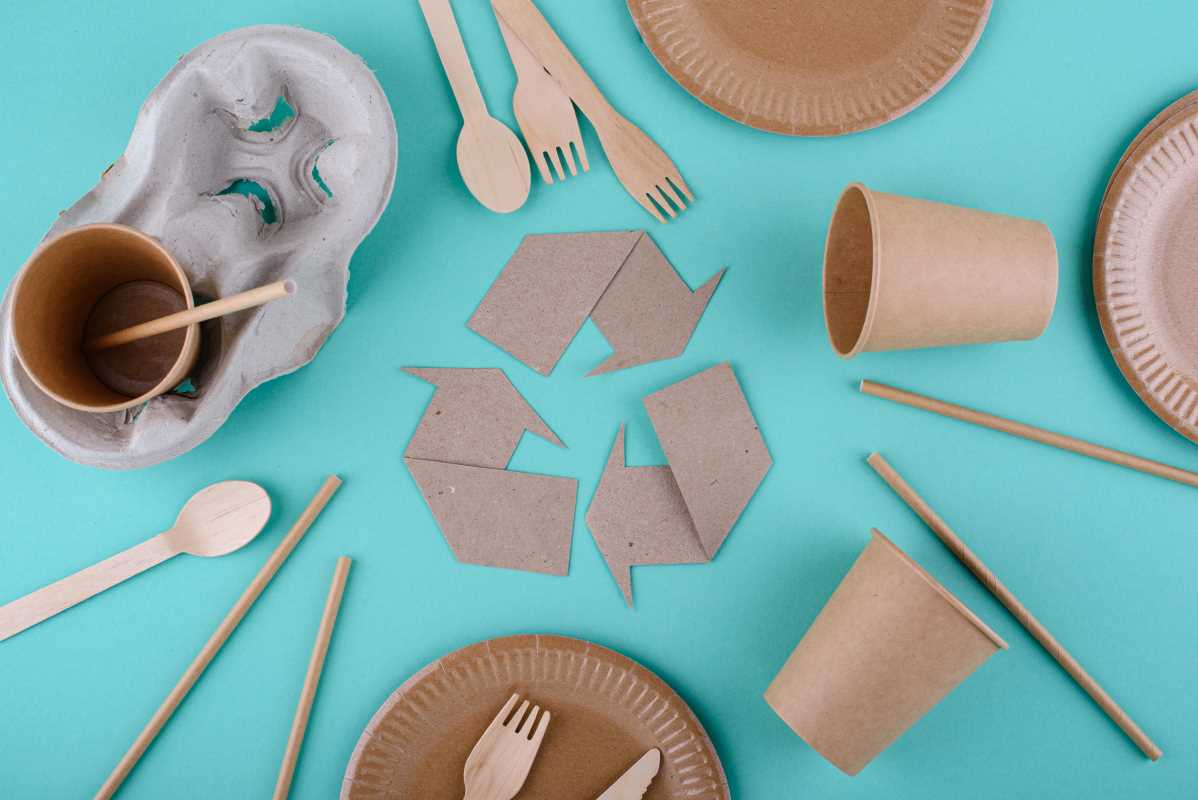 (Image via
(Image via